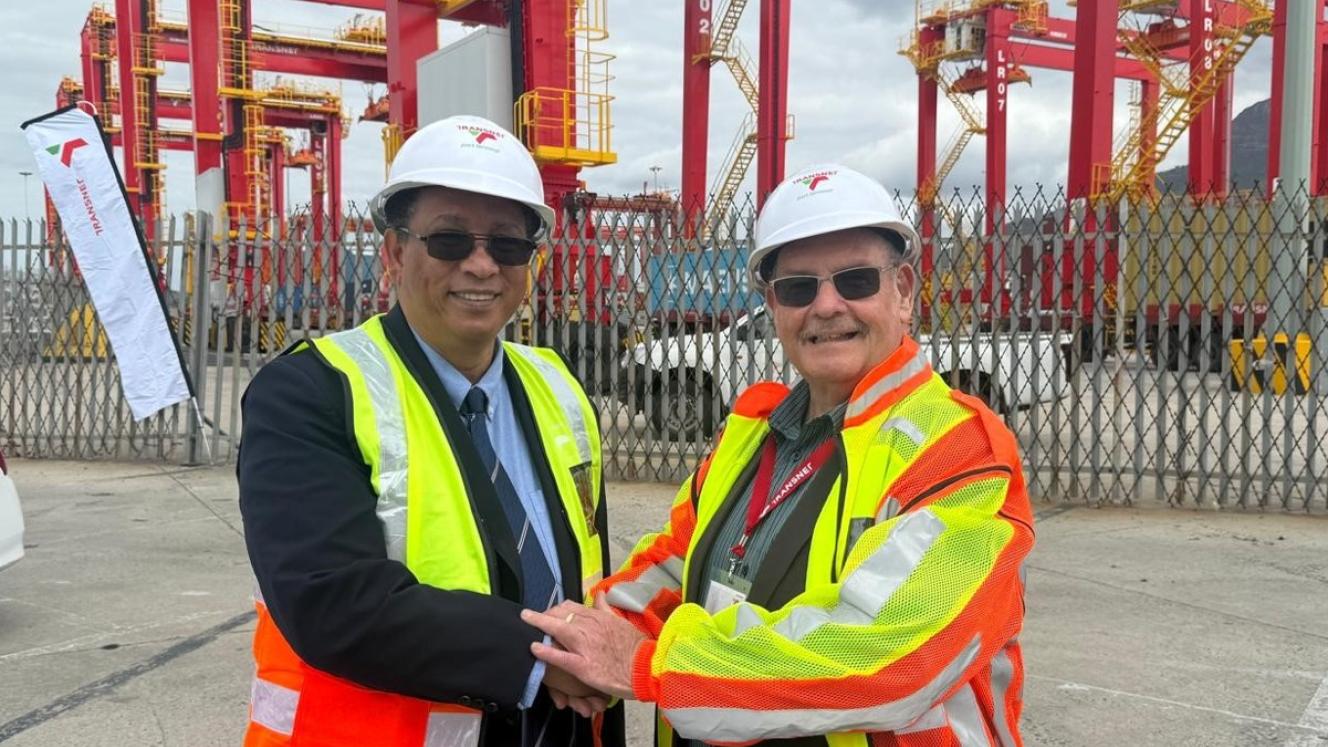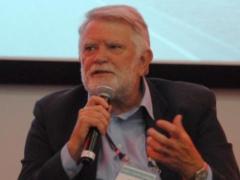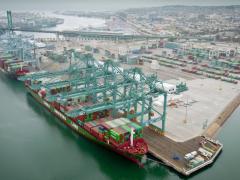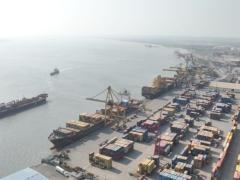With project cargo volumes on the rise, Transnet Port Terminals (TPT) is positioning the Port of Richards Bay as a key hub for specialised cargo handling in southern Africa. “We’ve seen a noticeable uptick in project cargo, particularly in the renewable energy sector,” said Thulasizwe Dlamini, managing executive for TPT at the Port of Richards Bay. “One of the recent milestones was onboarding Goldwind, in partnership with Seriti Green, which is diversifying into greener energy. We’ve already handled four vessels for their project.” The first equipment for Seriti Green’s Ummbila Emoyeni wind energy facility in Bethal, Mpumalanga, arrived in February this year, with nine turbines – including 27 blades and various components – offloaded at the Port of Richards Bay before being transported along the N2 to the project site. According to Dlamini, shipments to the wind farm are ongoing as the project gains momentum. “This is a ten-year project, and while the volume of turbine and blade movements may not continue at the pace we’ve seen over the past five months, the port will continue to handle related cargo for the duration of the development,” he said. According to Seriti, convoys transporting the turbine components from the Port of Richards Bay to the site – managed by heavy-lift specialist Vanguard – span approximately 335 metres in length. Each turbine comprises 12 components, including a single blade that requires specially designed trucks for safe transport. Road modifications along the N2 have been implemented to accommodate the size and complexity of these movements. In addition to upgrades along the transport route, major infrastructure improvements are under way in and around the port itself. “As part of their long-term investment, Seriti is upgrading port access infrastructure at a cost of several million rand,” said Dlamini. “This includes reinforcing the quayside and key access routes in and out of the port to accommodate heavy vehicles and abnormal loads, creating turning circles and rehabilitating critical sections of roadway.” Although these upgrades are being undertaken to support Seriti’s project, Dlamini emphasised that the improvements aligned with broader efforts to position the port for large-scale, long-term project cargo operations. “We’ve also seen an increase in equipment and components arriving for Eskom,” said Dlamini. “Between the Eskom and Seriti operations alone, berth 708 has become a critical asset. It’s ideally located – close to one of the main gates and the Industrial Development Zone (IDZ) – which makes it highly attractive for handling project cargo.” He added that this increased demand had created operational challenges. “Passenger liners currently use the same berth due to its proximity to the gate, but we’ve asked TNPA to consider relocating them to berth 606 to free up capacity. With project cargo volumes continuing to grow, particularly in support of major energy and infrastructure developments, plans are under way to dedicate the berth exclusively to project cargo – reinforcing the port’s strategic role in servicing these large-scale initiatives.” Another key development was the closure of the Request for Information (RFI) at the end of June for a back-of-port facility that will be connected to the terminal via a conveyor belt. “This facility will relocate all coal handling from the multipurpose terminal to the back of port, freeing up significant capacity for non- coal commodities such as breakbulk and project cargo,” explained Dlamini. “This shift will create an additional eight to 10 million tons of capacity within the terminal itself, bringing operations closer together and enabling growth in non-coal cargo volumes. It allows us to continue handling coal efficiently but in a smarter, more space-optimised way.” He said discussions had progressed to explore why Richards Bay could not also handle roll-on/roll-off cargo alongside the growing project cargo. “The port is ideally suited to become South Africa’s key project cargo hub. Our next focus is to explore partnerships with mining houses to facilitate the movement of their cargo through our terminals. By enabling the growth of project cargo and collaborating closely with the IDZ, we aim to complement its development and fully serve its strategic purpose.” LV












